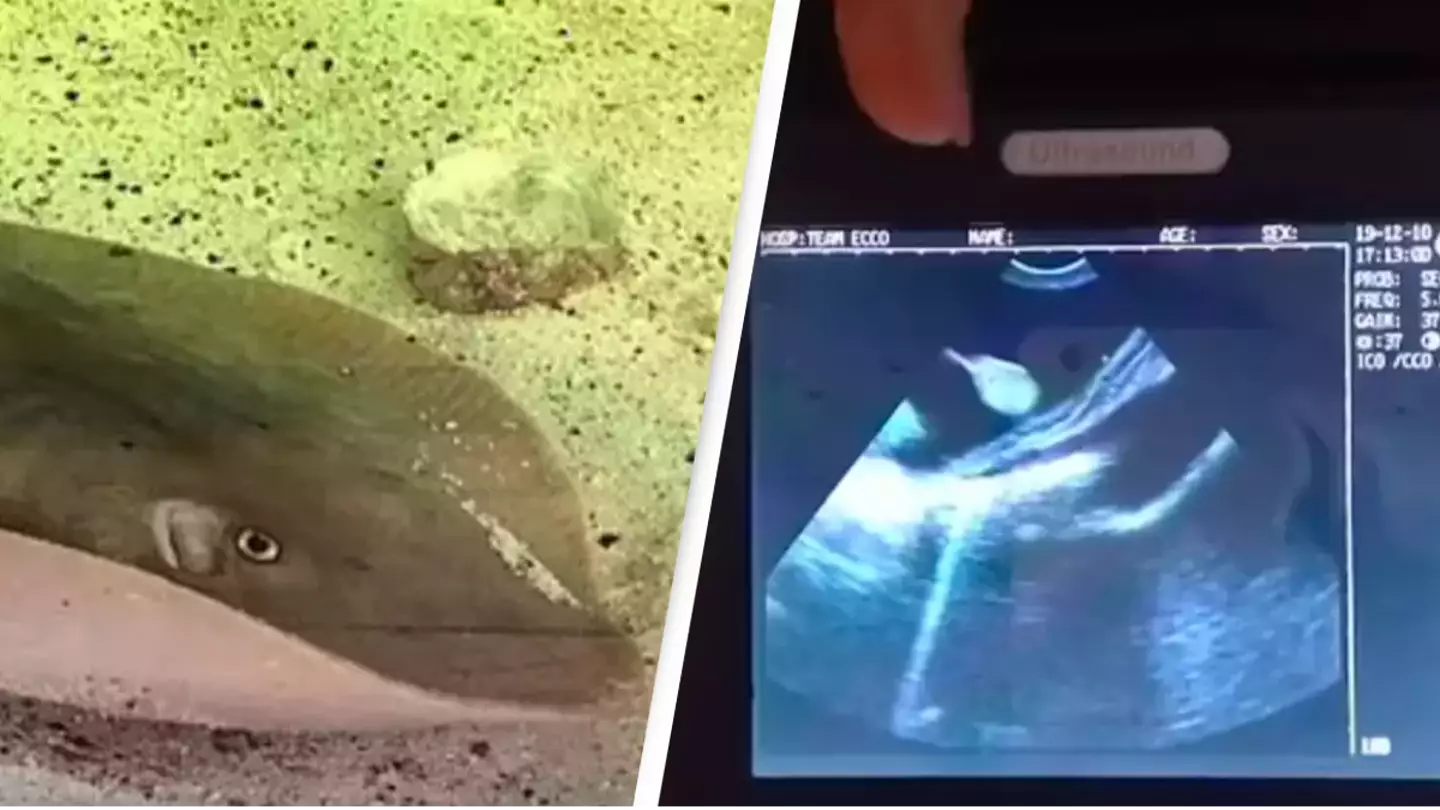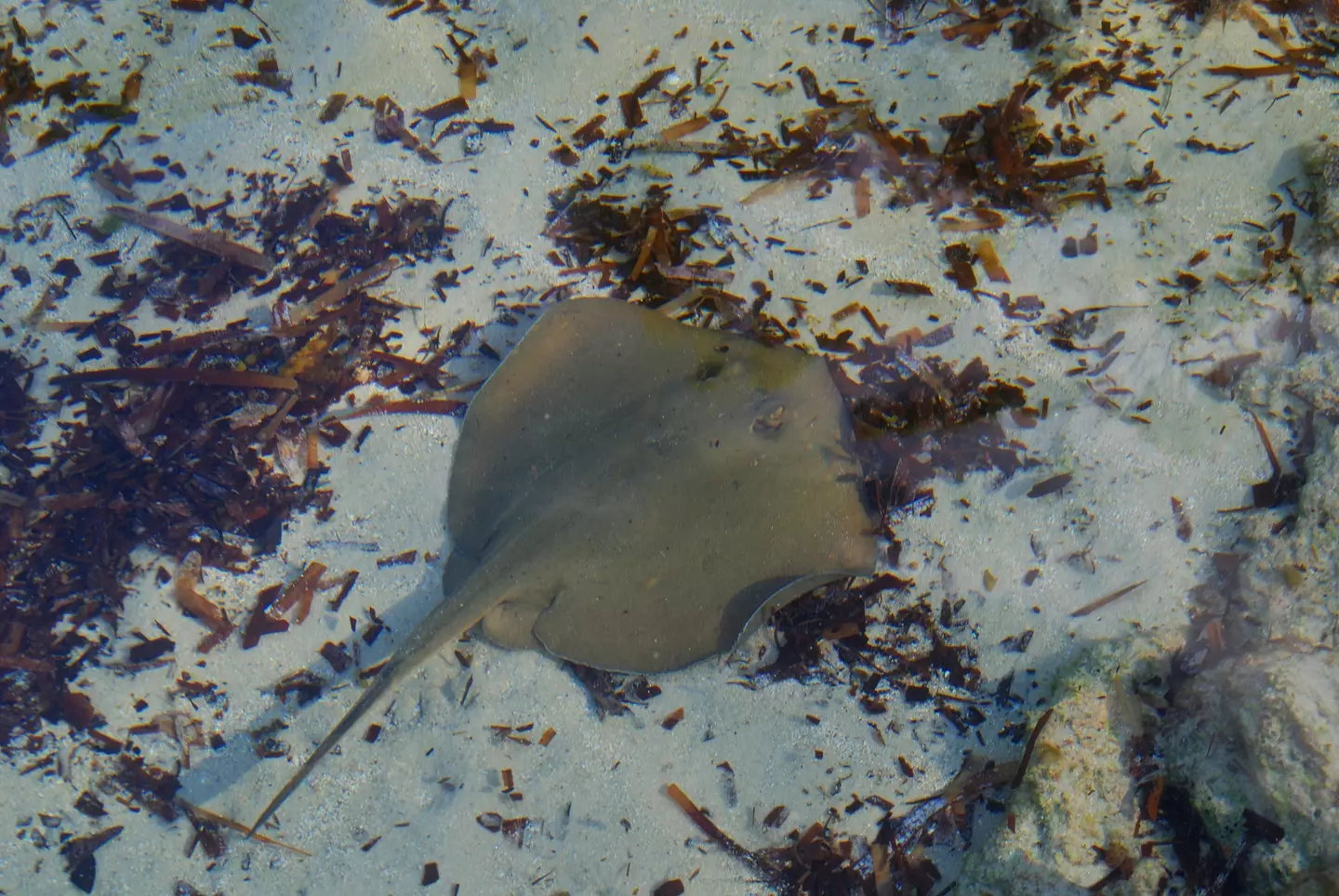
A stingray in the United States has become the talk of the town after getting pregnant, despite not sharing a tank with a male for eight years.
In fairness, it's never specified that Jesus would return in human form. Just saying.
Scientists are coming up with some suggestions as to what may have caused this unusual set of circumstances.
Advert
While some people have speculated that the stingray, called Charlotte, mated with a shark in her tank at Aquarium and Shark Lab in Hendersonville, North Carolina.
However, biologists have been quick to dismiss this theory.
Because, you know, they're completely different species. It would be like a leopard and a giraffe successfully producing offspring.
Demian Chapman is a scientist who specialises in sharks at the Mote Marine Laboratory and Aquarium, and said: “I give the shark the same odds of being the father that I would give Elvis or Bigfoot of being the father—zero."
Advert
Nonetheless, the aquarium has not ruled it out entirely, simply because science is a process of discovery.

But how has this happened?
One theory is that this is an example of a phenomenon called parthenogenesis.
Advert
In simple terms, this is where the female of a species is able to reproduce without a male being involved.
There around 70 animal species that have been observed to do this, including large animals like Komodo Dragons.
A female Komodo Dragon can produce a litter of genetically diverse offspring entirely by herself, with some biologists thinking this is a way for the island-dwelling species to survive even if an individual becomes stranded.
However, if confirmed this would be the first instance of parthenogenesis being observed in Round Stingrays, though other species of stingrays have been seen to do this.

Chris Lowe, director of the shark lab at California State University, Long Beach, said: “One thing we do know is that it is not possible for a shark to mate with a ray and produce an offspring.”
Advert
He added: “We know that many species of sharks and rays are capable of parthenogenesis.
"This is a very interesting phenomenon and quite cool considering it occurs across so many species of sharks and rays, but we don’t really know why this is so common across this group of animals and not others."
As for knowing for certain, we will have to wait for the stingray to give birth to know for sure.
Yes, some species of sharks and rays do give birth to live young, while others lay eggs.
Advert
Once the ray gives birth scientists will be able to carry out testing to confirm whether it was indeed parthenogenesis which caused this strange scenario.
Topics: News, World News, Animals
